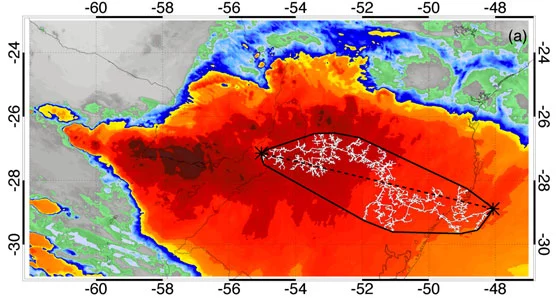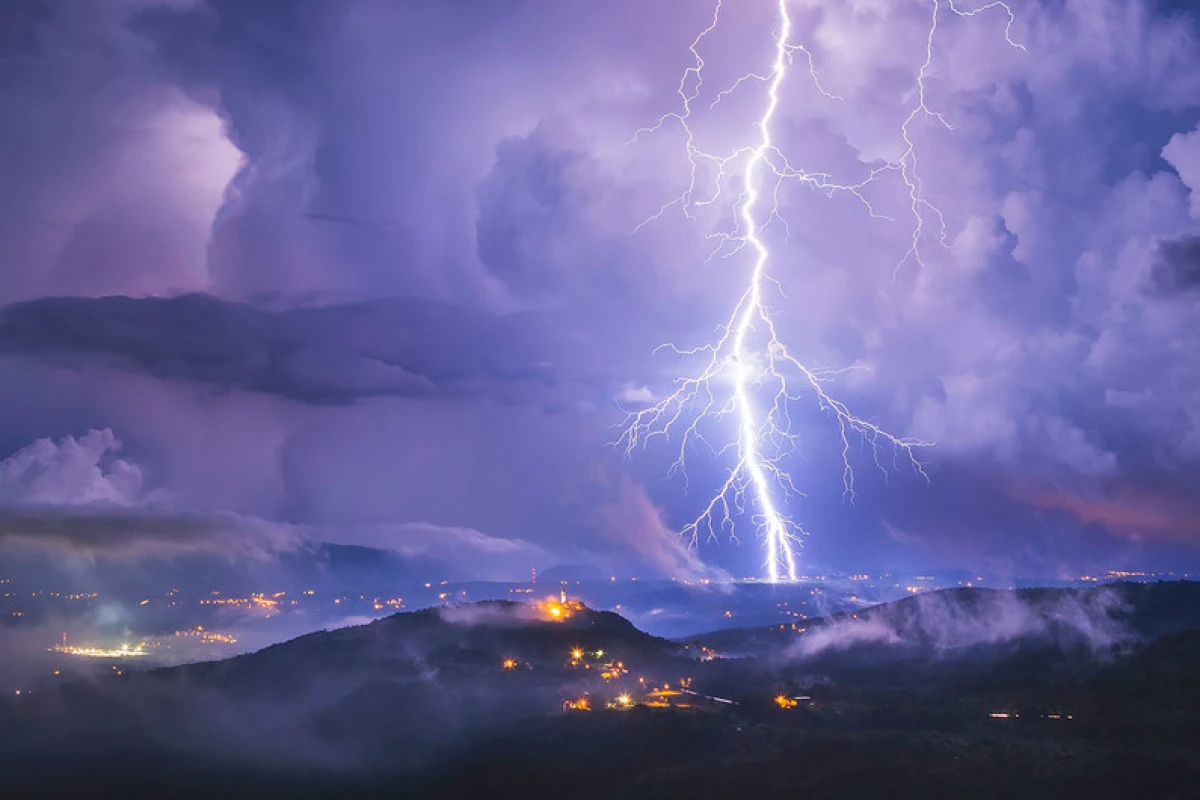There are few more spectacular demonstrations of nature's power and beauty than a thunderstorm. The World Meteorological Association (WMO) has now confirmed two new records for the biggest lightning bolts in recorded history, measured by duration and distance, both of which would have provided quite a show.
On March 4, 2019, a single lightning event in Argentina split the sky for a whopping 16.73 seconds, more than doubling the previous record of 7.74 seconds in southern France. And on Halloween last year, October 31, 2019, a single megaflash in southern Brazil stretched for more than 435 miles (700 km) between its two most distant points, branching and snaking all over the place along the way. Again, this extraordinary number more than doubled the previous record – a 199.5-mile (321-km) flash recorded in Oklahoma in 2007.

“Environmental extremes are living measurements of what nature is capable of, as well as scientific progress in being able to make such assessments," says Professor Randall Cerveny, chief rapporteur of Weather and Climate Extremes for the WMO. “It is likely that even greater extremes still exist, and that we will be able to observe them as lightning detection technology improves. This will provide valuable information for establishing limits to the scale of lightning – including megaflashes – for engineering, safety and scientific concerns."
The average lightning bolt carries around 5 gigajoules of energy, or close to 1.4 megawatt-hours. It would be interesting to know how much energy these kinds of megaflash events carry, although it remains practically impossible for humans to harness and store this energy due to the random locations, enormous power loads and short durations of the flashes themselves.
Still, a fascinating and frightening thing to consider.
Source: United Nations





